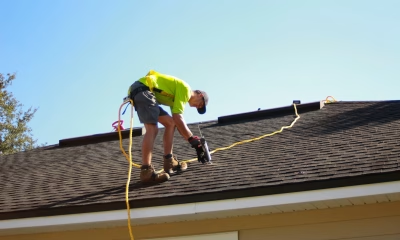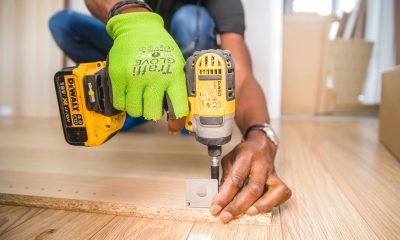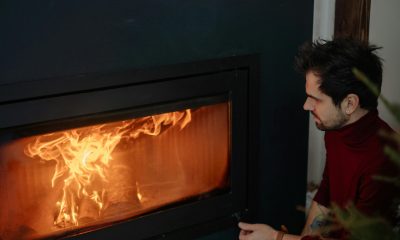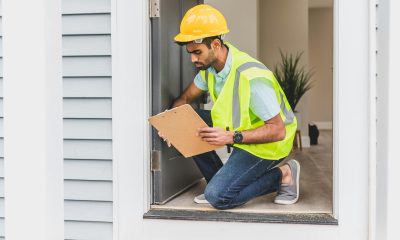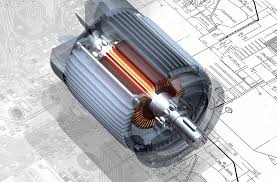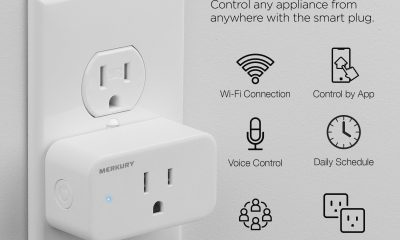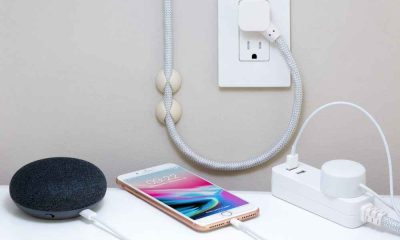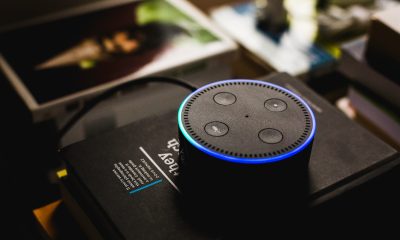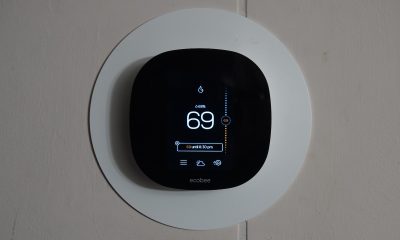Guides
Your Complete Seasonal Home Tune-Up Checklist: What to Do Every 6 Months?
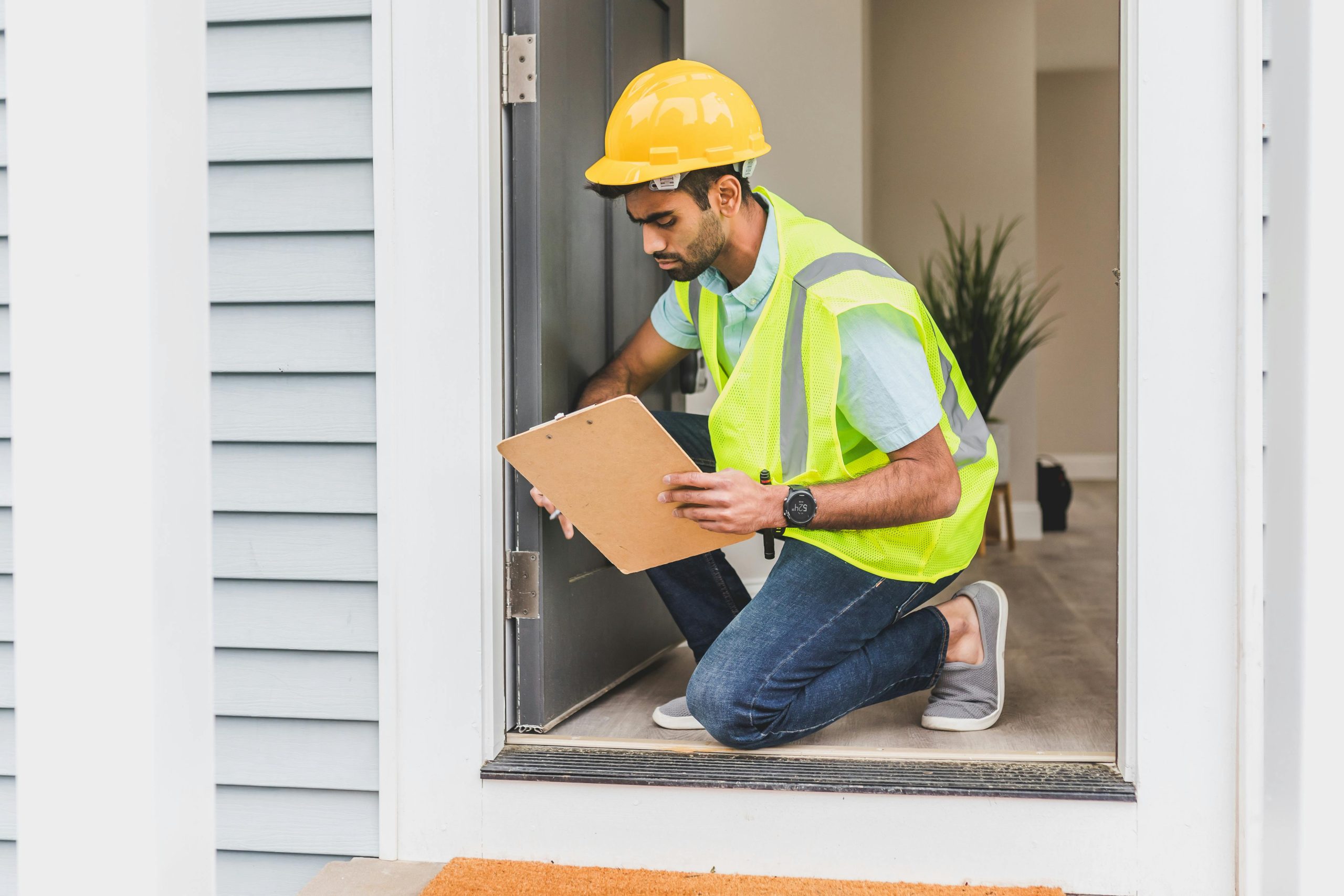
Seasons come and go, and your home works hard to keep up with the changes. From running your air conditioning full blast in the summer to keeping the heater on during cold months, every system in your home faces wear and tear. In cities like Hendersonville, TN, where summers are hot and humid while winters can be equally uncomfortable, this shift between seasons can put your home under constant strain. That’s why it’s vital to give your home a complete tune-up at least twice a year.
This article will guide you through the key areas that need attention to keep your home comfortable, safe, and energy-efficient all year long.
Schedule Air Duct Cleaning
In areas like Hendersonville, TN, where summers are sticky and winters can be harsh, your home’s air ducts collect more than just dust. Humidity can cause debris to cling to duct walls, and allergens can build up over time. When your system turns on, it can circulate these contaminants throughout your home. Dirty ducts not only affect your air quality but also reduce your HVAC system’s performance. Professional air duct cleaning ensures your entire ventilation system is free of dust, mold, and allergens. Hiring trusted experts for air duct cleaning in Hendersonville, TN, helps you maintain a healthier home environment and ensures your HVAC unit operates at peak efficiency through every season.
Check HVAC Performance
Before each major season change, it’s wise to test your HVAC system. Turn it on to make sure it heats or cools evenly and responds properly to your thermostat settings. Pay attention to any unusual noises or weak airflow, as these are early signs of potential issues. Uneven temperatures between rooms or an increase in energy bills often mean your system is struggling. Having a professional inspect your HVAC unit twice a year helps catch problems before they become serious. Routine maintenance like coil cleaning and refrigerant checks can keep your system reliable and efficient all year.
Test Smoke and Carbon Monoxide Detectors
Home safety should always be part of your tune-up routine. Smoke and carbon monoxide detectors are easy to overlook, yet they are vital for protecting your household. Change the batteries every six months and test each unit to ensure it’s working correctly. Dust or dirt buildup can sometimes affect sensors, so take a moment to clean them. If your detectors are more than ten years old, consider replacing them.
Clean Out Gutters and Downspouts
Your gutters play an important role in ensuring rainwater is directed away from your home. When they get clogged with leaves or debris, water can overflow and seep into your home’s foundation, leading to cracks, mold, or other structural issues. Cleaning out gutters and downspouts at least twice a year prevents this type of damage. It also stops standing water from attracting insects or causing wood to rot. Make sure water flows freely through the system and away from your home’s base. If your property has many trees, you may need to clean gutters more frequently. Regular upkeep keeps your home dry and helps you avoid costly repairs caused by water intrusion.
Inspect Plumbing for Leaks
Even the smallest leak can cause big trouble if it goes unnoticed. A dripping faucet, a damp spot under a sink, or a slow trickle from a pipe might seem harmless at first, but over time, that moisture can lead to mold, warped wood, and wasted water. Inspecting your plumbing twice a year helps you catch these problems early.
Begin by checking under sinks, around toilets, and near appliances like dishwashers and washing machines. Look for discoloration, soft spots, or a musty smell—these often point to hidden leaks. It’s also smart to watch your water bill. A sudden rise could signal a leak somewhere in the system.
Examine Windows and Doors for Drafts
If you’ve ever felt a chilly breeze inside your home when all the windows are closed, you’ve experienced the effects of drafts. Over time, the seals around windows and doors wear out, allowing outside air to leak in and conditioned air to escape. This problem makes your heating and cooling system work harder, driving up your energy bills. Inspect all window and door frames every six months. On a windy day, you can run your hand along the edges to feel for air leaks. Weatherstripping and caulk are inexpensive fixes that can make a noticeable difference. Taking time to seal your home properly doesn’t just improve comfort; it also makes your living space more energy-efficient.
Inspect Electrical Systems
Electrical systems are often taken for granted until something stops working. A twice-yearly check can prevent hazards and keep your home safe. Look around your home for any outlets or switches that feel warm, flicker, or spark when used. These signs indicate a potential wiring issue that needs immediate attention from an electrician. Extension cords should never replace permanent wiring, and overloaded outlets can become fire risks. Check that all major appliances are plugged directly into wall sockets and that cords aren’t frayed or pinched behind furniture. If your home is older, you may want to have a licensed electrician evaluate your wiring and circuit breakers to ensure they can handle your household’s electrical load. Preventative maintenance like this reduces the risk of fires and keeps your home’s electrical system dependable.
Refresh Outdoor Spaces
Your outdoor areas deserve just as much care as the inside of your home. Over time, decks, patios, and siding can collect dirt, mildew, and grime. Power washing these surfaces twice a year restores their appearance and protects materials from damage. Trim trees and bushes that grow too close to your home to prevent branches from scraping against siding or falling during storms. Cleaning and inspecting outdoor light fixtures and replacing burned-out bulbs improves safety and curb appeal. A tidy, well-maintained yard also keeps pests from finding easy access to your home.
Maintaining a home takes attention and intention. Every check, repair, or tune-up you do brings you closer to a safer and more comfortable space. Think of these efforts as ongoing care rather than chores. A well-cared-for home gives you confidence that everything behind the walls, under the roof, and beyond the front door is working as it should. Taking the time to maintain it twice a year isn’t just about keeping things running; it’s about creating a space that supports you through every season with reliability and peace of mind.
1. Create a Seasonal Home Maintenance Schedule
To make your home care routine easier to manage, divide your tune-ups into spring and fall tasks.
-
Spring: Focus on cooling systems, duct cleaning, gutter checks, and outdoor cleanup.
-
Fall: Prepare for heating season by inspecting furnaces, sealing drafts, and checking insulation.
Using a biannual schedule prevents overwhelm and keeps every system running efficiently before extreme weather hits.
Pro Tip: Set reminders on your phone or calendar every April and October for your “home tune-up days.” Treat it like an oil change for your house.
2. Why Twice a Year Matters (The Science Behind It)
Many homeowners wait until something breaks before scheduling maintenance, but that’s the most expensive way to care for your home. HVAC systems, plumbing, and electrical components degrade gradually — meaning small problems often go unnoticed until they cause major damage.
Biannual maintenance keeps performance consistent and prevents energy waste. In fact, EPA studies show well-maintained homes can save up to 30% on annual energy costs.
Regular care reduces emergency calls, extends appliance life, and makes your home healthier — especially if anyone in your family suffers from allergies or asthma.
3. Don’t Forget Your Attic, Basement, and Foundation
These areas are easy to overlook but can hide big issues:
-
Attic: Check for leaks, insulation gaps, and pest nests.
-
Basement: Look for moisture, mold, and cracks in concrete walls.
-
Foundation: Walk around your home and inspect for new cracks or uneven settling.
Fixing small foundation or insulation problems early saves thousands in long-term structural repairs.
4. Save Energy While You Tune Up
Energy efficiency is one of the biggest payoffs of a proper home tune-up.
Here are simple upgrades to include in your routine:
-
Replace HVAC filters every 1–3 months.
-
Switch to LED lighting and smart thermostats.
-
Seal leaks around windows, doors, and duct joints.
-
Use ceiling fans to balance temperature between rooms.
Expert Insight: A tuned-up home not only feels more comfortable but also qualifies for lower energy costs and sometimes local efficiency rebates.
5. When to Call a Professional
While some maintenance tasks are easy to DIY, others need certified help. Call a professional when you notice:
-
Electrical outlets that spark or feel hot.
-
HVAC units making loud banging or rattling noises.
-
Persistent water pressure drops or hidden leaks.
-
Mold or water stains appearing on walls or ceilings.
Professional inspections once or twice a year ensure your home meets safety standards and prevent dangerous oversights.
6. Smart Home Tools That Make Tune-Ups Easier
If you use smart home tech, you can automate reminders for maintenance tasks.
For example:
-
Smart Thermostats alert you when filters need changing.
-
Leak Sensors send notifications if a pipe drips or floods.
-
Smart Plugs monitor energy usage from appliances.
Modern technology makes maintenance proactive instead of reactive — giving you more control and less stress.
7. Seasonal Home Maintenance FAQs (Add for SEO Schema Boost)
Q: How often should I clean my air ducts?
Every 2–3 years, or sooner if you have pets, allergies, or live in a humid area like Hendersonville, TN.
Q: What’s the best month for a home tune-up?
Schedule tune-ups in April and October — before major temperature shifts.
Q: How can I tell if my HVAC needs servicing?
Unusual sounds, uneven heating/cooling, or higher energy bills often signal it’s time for a professional inspection.
Q: Why is gutter cleaning important?
Clogged gutters can cause roof leaks, foundation damage, and mold — leading to expensive structural issues.
-
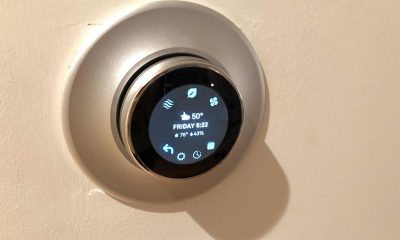
 Gadgets3 years ago
Gadgets3 years agoDoes Nest Thermostats Contain Cameras Or Microphones? Is It Safe For you?
-

 Guides1 year ago
Guides1 year ago10 Best Apps To Control All Your Smart Home Devices.
-
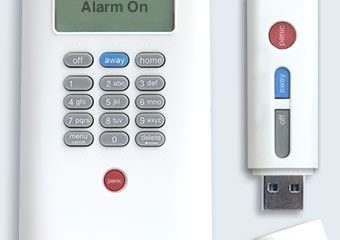
 Gadgets3 years ago
Gadgets3 years agoWhat Is The Purpose Of Red Button On The SimpliSafe Keypad?
-
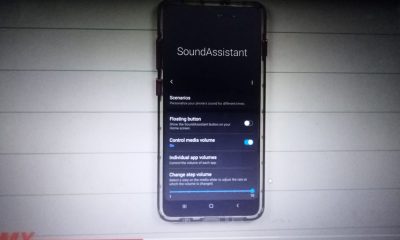
 Gadgets3 years ago
Gadgets3 years agoComplete Guide About Equalizer settings for Samsung-Soundbar
-

 Accessories2 years ago
Accessories2 years agoBlink Camera’s Temperature Sensor Settings, and More
-

 Gadgets3 years ago
Gadgets3 years agoFitbit Symbols Meaning: What Do The Fitbit Icons Mean?
-

 Solutions3 years ago
Solutions3 years agoWhy is My Samsung TV Picture So Dark? Exploring the Possible Causes
-

 Accessories2 years ago
Accessories2 years agoCan Siri Control Samsung Televisions And Are Samsung TVs Homekit Compliant?








